Biobanks

The way we create categories and hierarchies of bodies has its roots in the botanical sciences. Colonial natural sciences and processes of taxonomy were crucial in the harmful categorizing of race and gender. 18th century botanical practices such as Victorian plant hunting created systems for plants to become symbols of wealth and status and, in the process, contributed to the destruction of ecosystems and indigenous cultures.
It was through looking at the colonial and extractive histories of botanical gardens and their attempts to start acknowledging these harmful legacies and move towards conservation practices that I became interested in the role of seed banks. For me these places hold the potential as speculative spaces to consider ideas of preservation, hybridisation, genetics, movement of plants and future ecologies.
These seemingly futuristic sci-fi industrial back up vaults, set up for a vegetal reboot after the apocalypse have already been put into use. Svalbard Global Seed vault is a back up to the back ups, holding duplicates from seed banks around the world and has already had to give back seeds to Aleppo, Syria.
In contrast to the shared systems of seedbanks, there is an interesting parallel in the growing trend in human bio banking and the move towards autologous (self-to-self) and away from allogenic (self-to-other) donation. These private, individualised banking regimes store parts of the individual self for their own future use. In Bodies of the Now Cecilia Åsberg and Astrida Neimanis frame these bio banks as “another kind of neoliberal disentanglement: not disentanglement from self, but from community and obligations to neighbour and stranger, and from the ethical demands of collaborative embodiment.” They talk about the labeling of bodily matter as ‘waste’ within tissue economies to avoid requirements for informed consent.
For me this brings up concerns of mutual flourishing and the shifting attentions to what is considered valuable and worth saving, prompting questions of “what bodies—past, present and future—are valued here, and how is such value constructed?”[1]
Who decides what we will take into the future?
How might these tensions between conservation, adaptability, climate destruction and the colonial project intersect and shape future botanical practices, our relationships with non-human organisms and the value of bodies?

[1] Cecilia Åsberg and Astrida Neimanis, Bodies of the Now : Feminist Values in Posthuman Times




